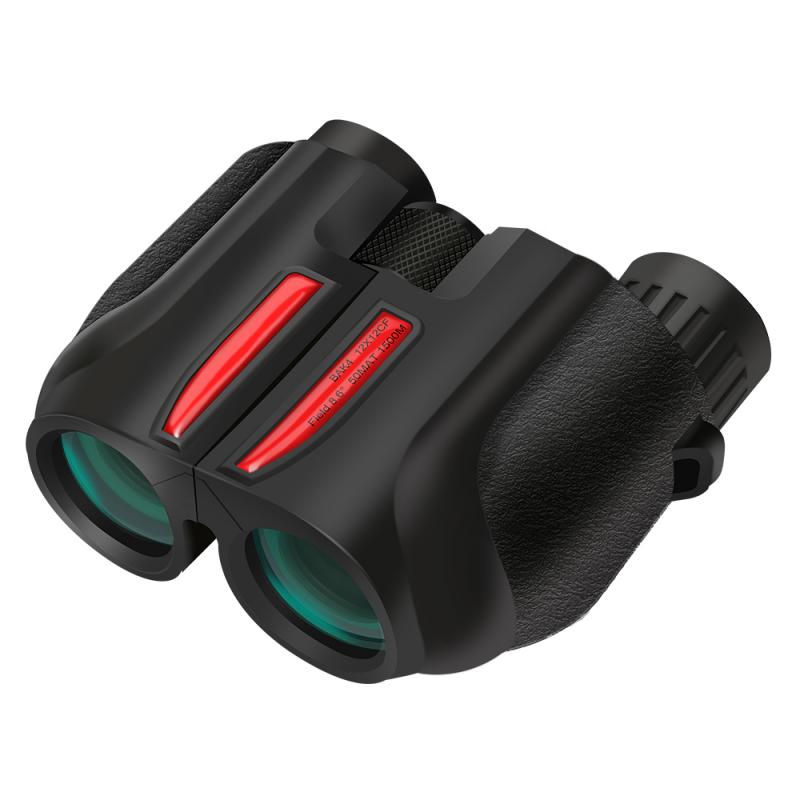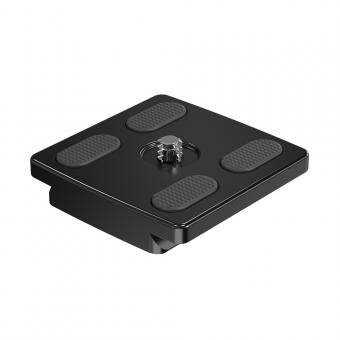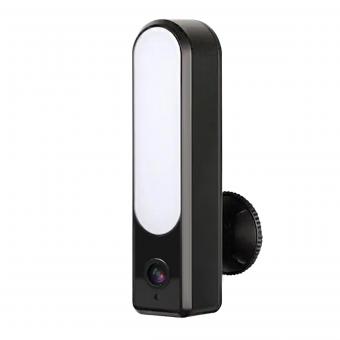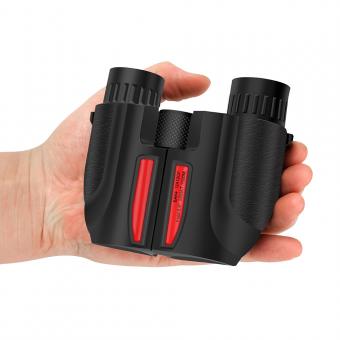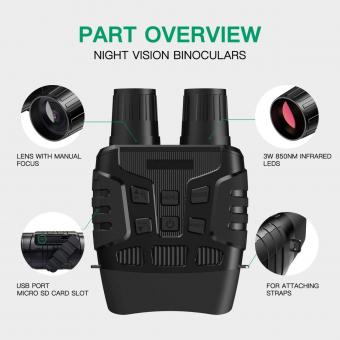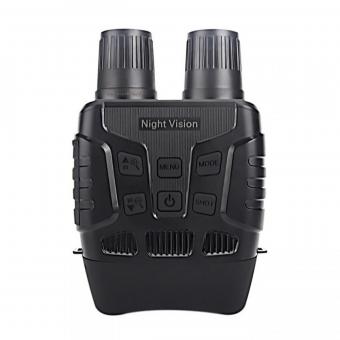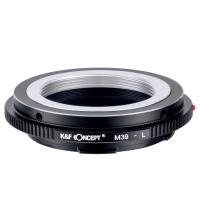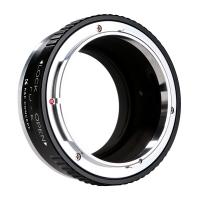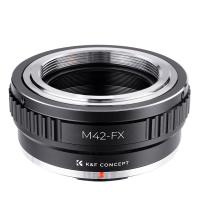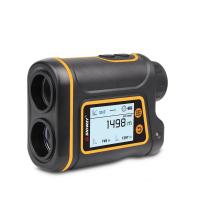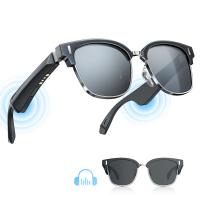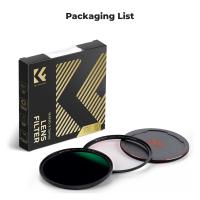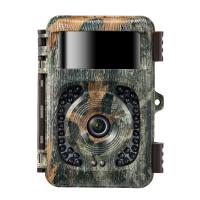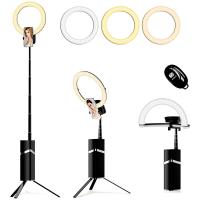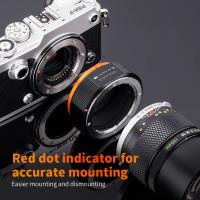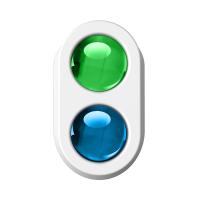What Does 12x50 Mean In Binoculars ?
12x50 in binoculars refers to the magnification and objective lens diameter, respectively. The number 12 indicates that the binoculars have a magnification power of 12 times, meaning that the image appears 12 times closer than it would with the naked eye. The number 50 refers to the diameter of the objective lens in millimeters, which determines the amount of light that can enter the binoculars. A larger objective lens diameter allows for more light to enter, resulting in a brighter and clearer image.
1、 Magnification: 12x
What does 12x50 mean in binoculars? The first number, 12, refers to the magnification power of the binoculars. This means that the object being viewed will appear 12 times closer than it would with the naked eye. The second number, 50, refers to the diameter of the objective lens in millimeters. This is the lens at the front of the binoculars that gathers light and determines the brightness of the image.
A 12x magnification is considered high and is ideal for long-distance viewing, such as bird watching or stargazing. However, a higher magnification can also make the image shakier and harder to focus, especially without a tripod. The 50mm objective lens is a good size for balancing brightness and portability. Larger objective lenses can provide brighter images, but they also make the binoculars heavier and bulkier.
It's important to note that the magnification and objective lens size are not the only factors that determine the quality of binoculars. Other factors such as lens coatings, prism type, and build quality can also affect the clarity and sharpness of the image. It's always a good idea to read reviews and try out different binoculars before making a purchase.
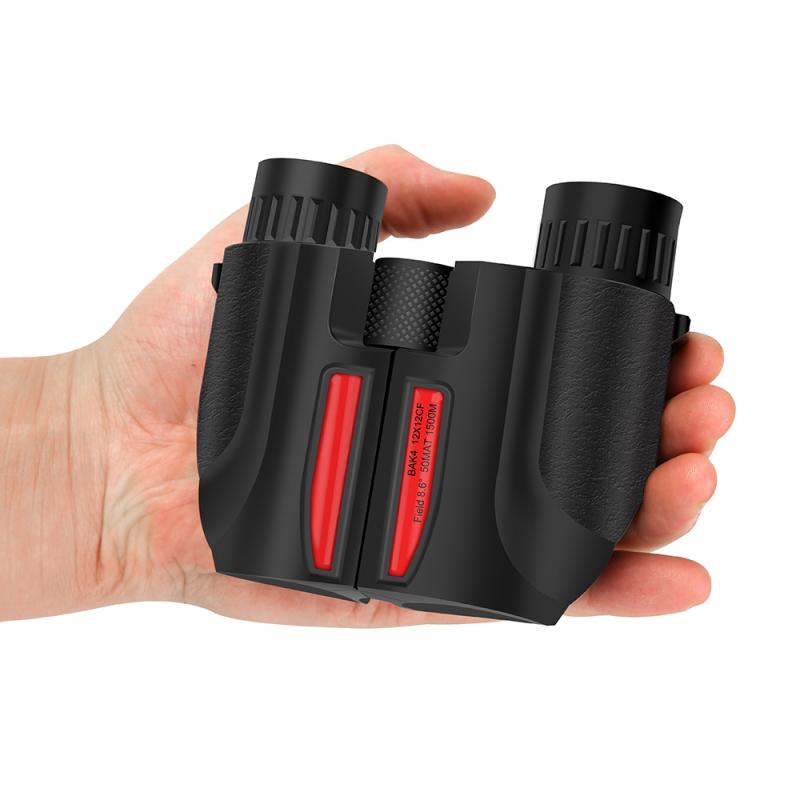
2、 Objective lens diameter: 50mm
"What does 12x50 mean in binoculars?" is a common question among those who are new to using binoculars. The numbers 12x50 refer to the magnification and objective lens diameter of the binoculars, respectively.
The first number, 12, represents the magnification power of the binoculars. This means that the image you see through the binoculars will appear 12 times closer than it would with the naked eye. This can be useful for observing distant objects, such as wildlife or sporting events.
The second number, 50, represents the diameter of the objective lens in millimeters. The objective lens is the lens at the front of the binoculars that gathers light and focuses it onto the eyepiece. A larger objective lens diameter allows more light to enter the binoculars, resulting in a brighter and clearer image.
Together, the magnification and objective lens diameter determine the overall performance of the binoculars. A higher magnification can make it more difficult to hold the binoculars steady, while a larger objective lens diameter can make the binoculars heavier and bulkier.
In recent years, there has been a trend towards larger objective lens diameters, with some binoculars boasting objective lenses of 60mm or more. This can provide even brighter and clearer images, but at the cost of increased weight and size.
In conclusion, the numbers 12x50 in binoculars refer to the magnification and objective lens diameter, respectively. These factors play a crucial role in determining the performance of the binoculars and should be considered when choosing a pair for your needs.
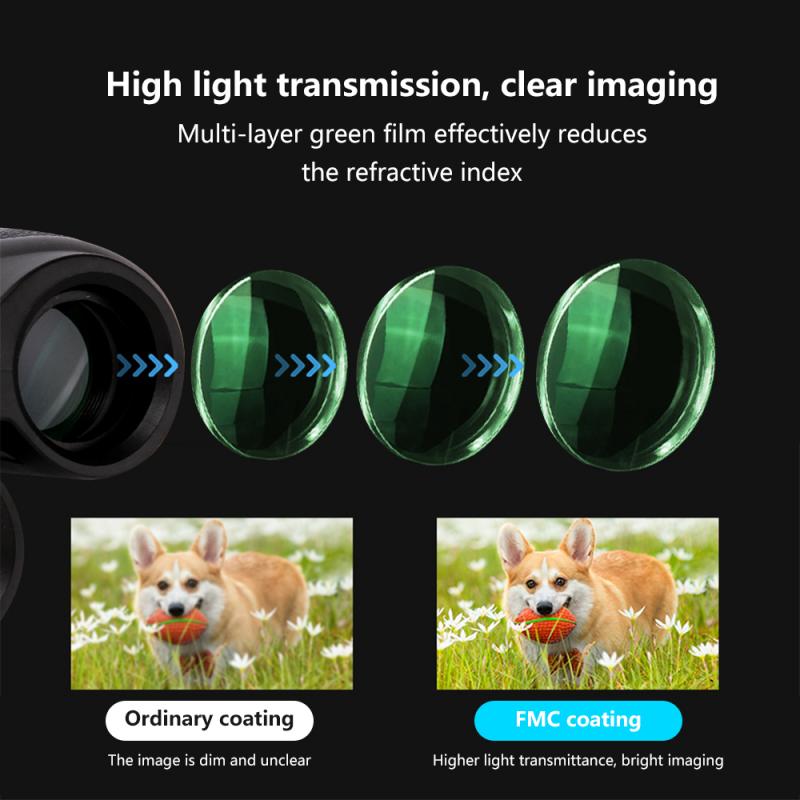
3、 Field of view: Varies by model
What does 12x50 mean in binoculars? The numbers 12x50 refer to the magnification and objective lens diameter of the binoculars. The first number, 12, indicates the magnification power of the binoculars. This means that the image you see through the binoculars will appear 12 times closer than it would with the naked eye. The second number, 50, refers to the diameter of the objective lens in millimeters. The larger the objective lens, the more light it can gather, resulting in a brighter and clearer image.
However, it's important to note that the field of view can vary by model. Field of view refers to the width of the area visible through the binoculars at a certain distance. A wider field of view allows you to see more of your surroundings, making it easier to track moving objects or scan a large area. Some binoculars may have a narrower field of view but offer a higher magnification, while others may have a wider field of view but a lower magnification.
It's also worth considering other factors when choosing binoculars, such as the quality of the optics, the durability of the construction, and the ease of use. Some binoculars may have additional features such as image stabilization or waterproofing, which can be useful in certain situations.
In summary, the numbers 12x50 in binoculars refer to the magnification and objective lens diameter. However, the field of view can vary by model, so it's important to consider other factors when choosing binoculars.

4、 Exit pupil: 4.2mm
"What does 12x50 mean in binoculars?" is a common question among those who are new to using binoculars. The numbers 12x50 refer to the magnification and objective lens diameter of the binoculars, respectively. The magnification of 12x means that the image you see through the binoculars will appear 12 times closer than it would with the naked eye. The objective lens diameter of 50mm refers to the size of the front lenses of the binoculars, which determines how much light can enter the binoculars.
One important factor to consider when using binoculars is the exit pupil, which is calculated by dividing the objective lens diameter by the magnification. In this case, the exit pupil would be 4.2mm (50/12=4.2). The exit pupil is the size of the beam of light that exits the eyepiece and enters your eye. It is important to choose binoculars with an exit pupil that matches the size of your eye's pupil, which changes depending on the lighting conditions. In low light conditions, your pupil will dilate to allow more light in, so a larger exit pupil is ideal. In bright conditions, your pupil will constrict, so a smaller exit pupil is sufficient.
In summary, the numbers 12x50 in binoculars refer to the magnification and objective lens diameter, respectively. The exit pupil, which is calculated by dividing the objective lens diameter by the magnification, is an important factor to consider when choosing binoculars. It is important to choose binoculars with an exit pupil that matches the size of your eye's pupil for optimal viewing in different lighting conditions.
